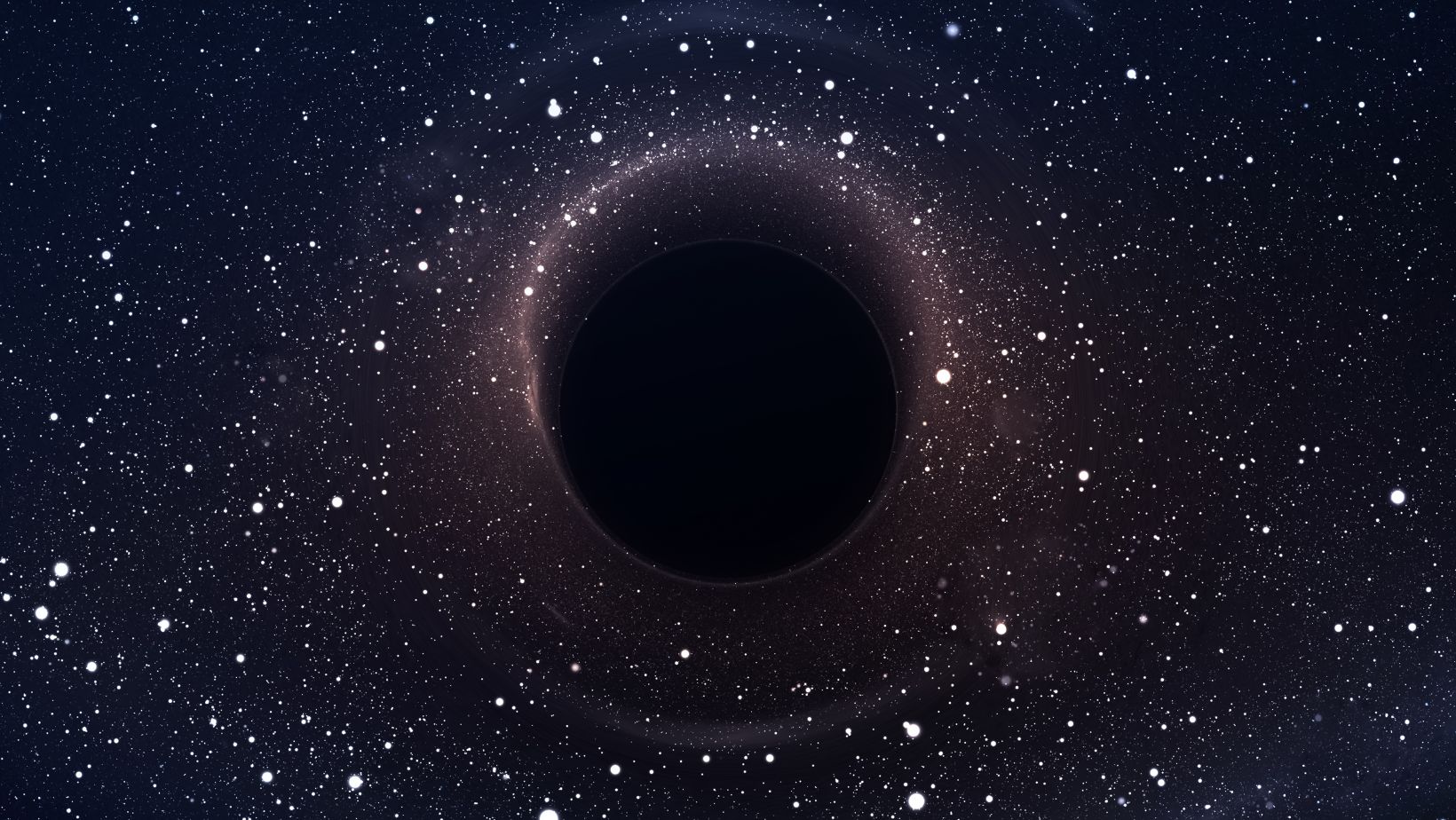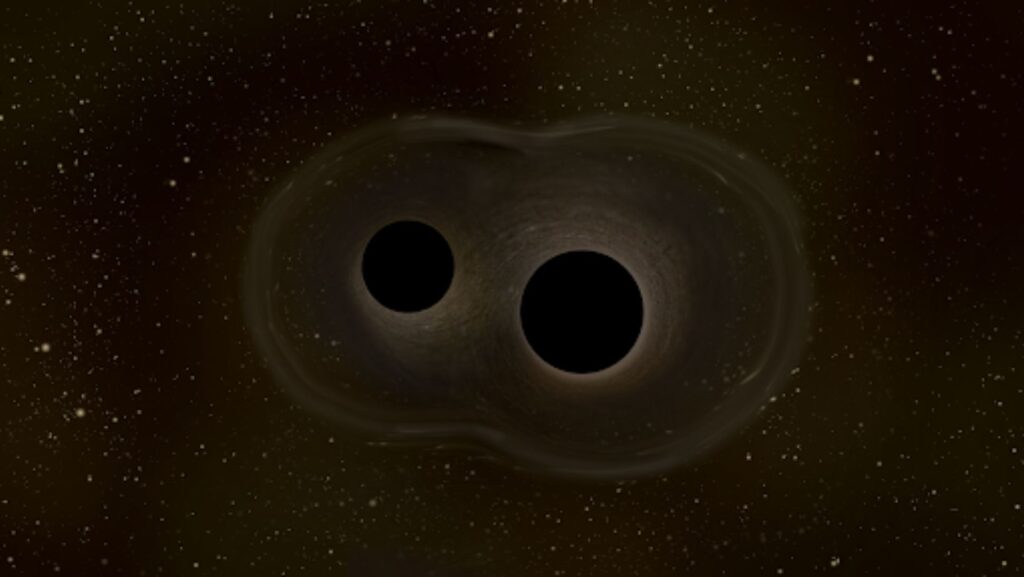A black hole is an immense spacetime region with such an enormous gravity that nothing, light included, can escape it. These objects have such strong gravity because matter has been squeezed into tiny space, which happens when stars die. Since there’s no light going out, people can’t see black holes. Besides, this hole is not precisely a hole – it’s a huge concentration of matter packed in a tiny space. Black holes are given this name because they absorb all the light. But what is inside a black hole, exactly? Let’s dig deeper into the subject and learn everything there is to know about these mysterious objects and discover if there is a dark abyss somewhere next to our planet.
What Is Inside A Black Hole?
A black hole in space is formed on the event horizon, which can be considered its surface. This is the point of great gravity attraction that no object can escape if pulled into it. Then, there’s the singularity at its center, an infinitely dense and small point. Unless something travels faster than the speed of light, which is physically impossible, nothing can escape the hole’s horizon.
In other words, objects in space become irretrievably stuck inside black holes. This one-way nature of the black hole imposes limits, but this doesn’t mean these spacetime regions are necessarily problematic. It just proves more about the general relativity theory. While planets could form around a black hole, there’s no guarantee they would sustain life. On Earth, life depends solely on the Sun’s light and warmth, so life around a black hole would not be possible for our species.
What Is The Closest Thing To A Black Hole?
This may seem ironic, but the closest thing to a black hole known to us is the Earth. Sure, the similarity does not go as far as the black hole composition, but metaphorically, there are a few parallels you might appreciate. Our planet is like a black hole because it exerts gravity to a tangible degree, attracts objects, and doesn’t allow them to escape. Knowing this, what else can we say about the tiny things that reside on its surface? A spaceship crew watching us from afar would probably understand little about our home planet, just like we lack knowledge about black holes.
 Speaking of the closest objects, it’s also worth considering the opposite one. A hypothetical opposite of a black hole is a white one. Supposedly, while holes have mass and might spin, a gas or dust ring could form around their event horizon, so this ring would be the bubble boundary that separates the hole from the Universe. On the other hand, white holes are the opposite of black holes because they push away objects instead of pulling and trapping them. However, white holes are hypothetical objects that have not been discovered yet – so far, they are merely concepts based on our knowledge of theoretical physics.
Speaking of the closest objects, it’s also worth considering the opposite one. A hypothetical opposite of a black hole is a white one. Supposedly, while holes have mass and might spin, a gas or dust ring could form around their event horizon, so this ring would be the bubble boundary that separates the hole from the Universe. On the other hand, white holes are the opposite of black holes because they push away objects instead of pulling and trapping them. However, white holes are hypothetical objects that have not been discovered yet – so far, they are merely concepts based on our knowledge of theoretical physics.
What Is The Closest Black Hole To Earth?
According to Orbital Today, the closest black hole to Earth scientists have discovered is Gaia-BH1. This binary system consists of a G-type main sequence star and a black hole that likely has stellar mass. Gaia-BH1 is far away from not only our planet but also our solar system.

Astronomers and space scientists have discovered it’s in the Ophiuchus constellation.
Other black holes near Earth are Gaia BH2, Gaia BH3, and A0620-00. Discovered back in 2022 via astrometric observations, astronomers didn’t know what explanations to give about these G-type stars, so they classified them as black holes. The system differs from so-called “black hole impostors” like HR 6819 and LB-1 because its existence doesn’t depend on the star’s mass or orbit inclination. Also, Gaia-BH1 doesn’t show any evidence of mass transfer.
When Will A Black Hole Hit Earth?
Since Gaia-BH1 is 1,560 light-years away, which is currently the nearest black hole to Earth distance known to us, we shouldn’t worry that it will get close to our planet any time soon. Science can only speculate about what happens if we enter a black hole, but most likely, we won’t survive. For starters, there is radiation, and our bodies cannot survive. Plus, there is the possibility of heating up to a super temperature that burns planets or space travelers.
Even with super protective space costumes, the hole’s gravity exerted on the legs increases and becomes greater than the gravity acting on the head. Scientists call this spaghettification. As a result, the body would stretch and get torn apart.
But so far, there is no reason to panic—as already mentioned, black holes are so far away from our home that we, as a species, will unlikely have to face them. And that that that’s already something!

